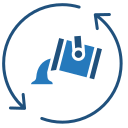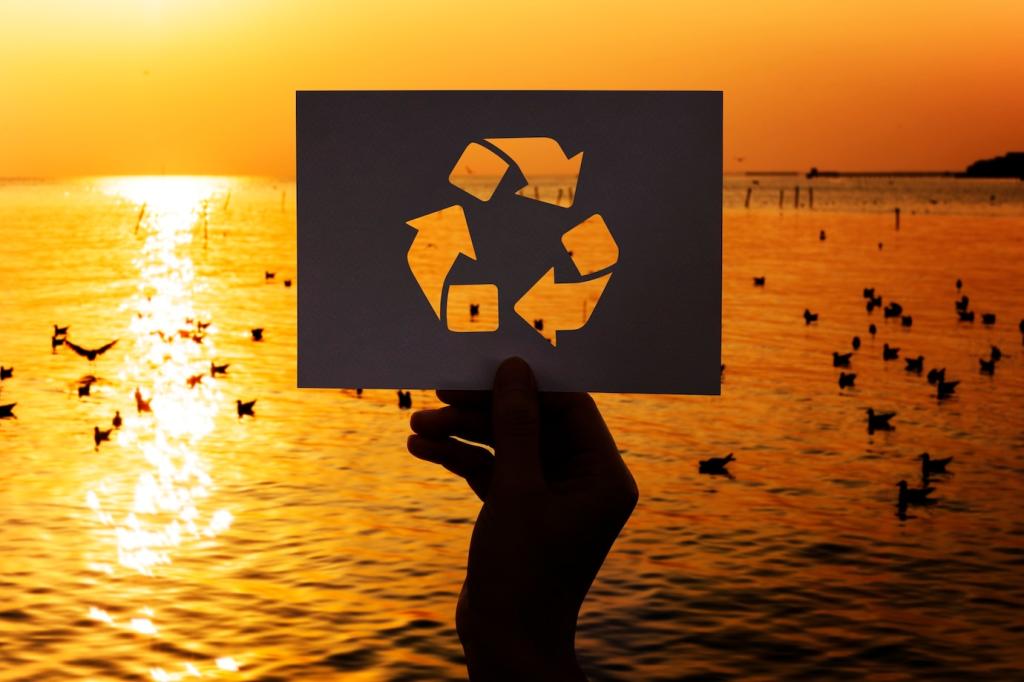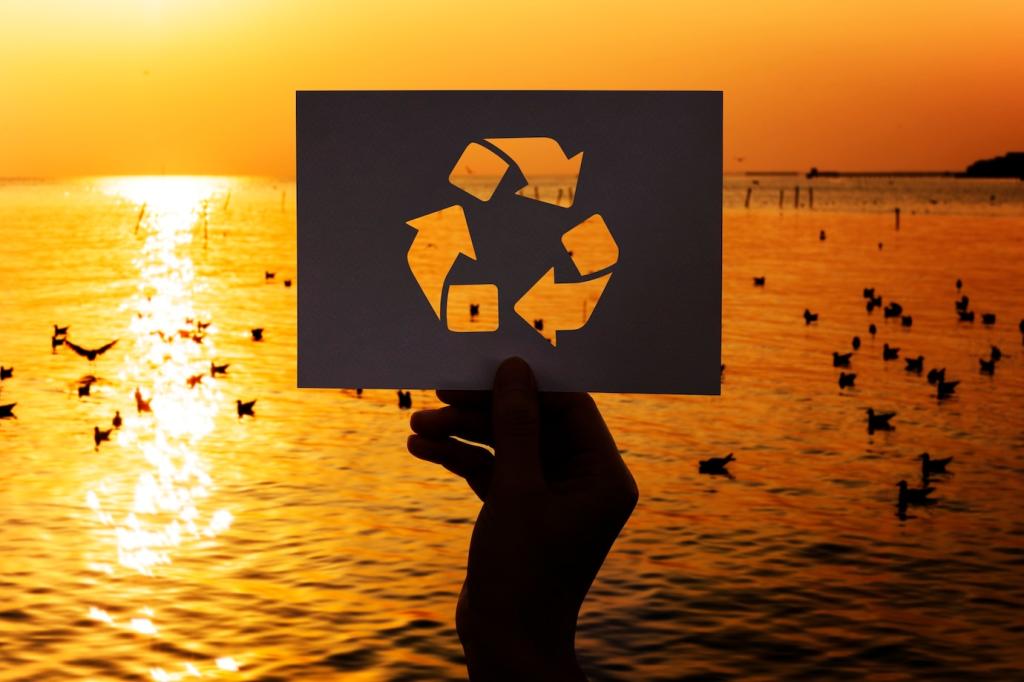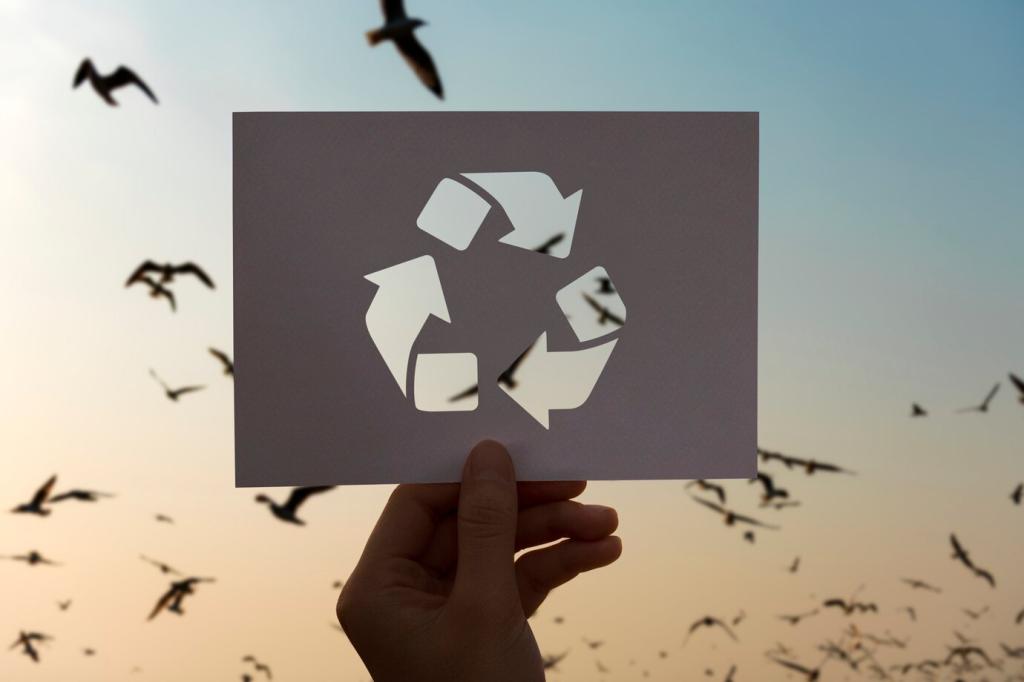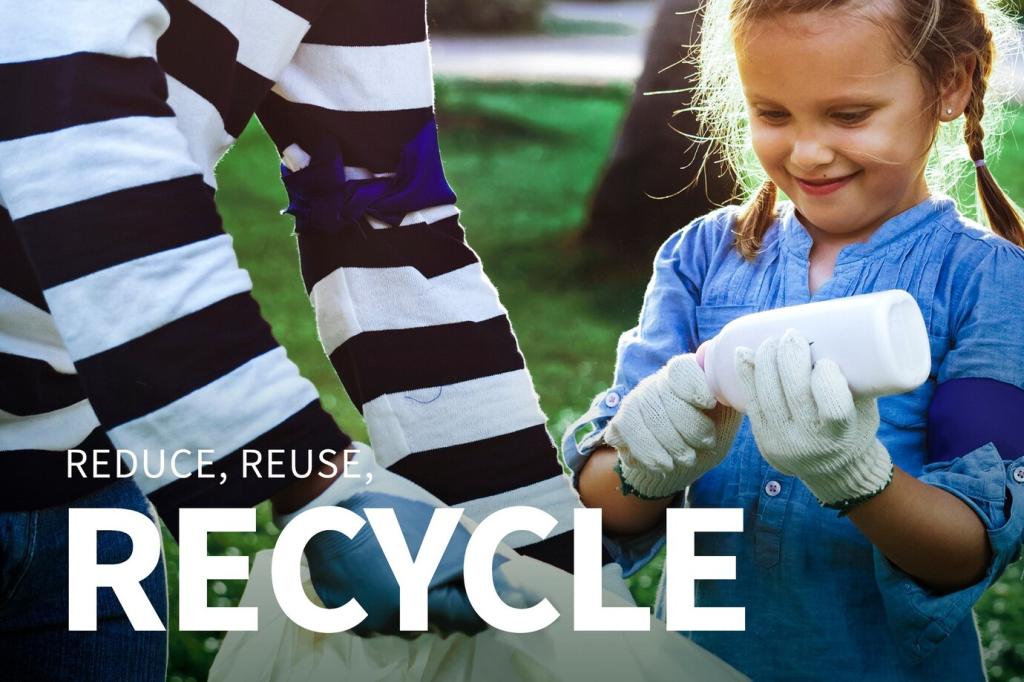Real People, Real Loops: Stories from the Circular Frontline
When her town closed a mill, Maya salvaged denim offcuts, partnering with a recycler to create acoustic panels for the library. Volunteers stitched covers from surplus theater curtains. Noise fell, donations rose, and youth workshops launched. What quiet space in your city could denim protect while telling a community story?
Real People, Real Loops: Stories from the Circular Frontline
Students tagged garments with fiber content, care labels, and repair ideas, then simulated sorting lines. They calculated which items could enter chemical recovery versus mechanical reuse. Parents arrived curious, left empowered. If your school wants a kit, subscribe and comment—our educator pack includes templates, slides, and simple home audits.
